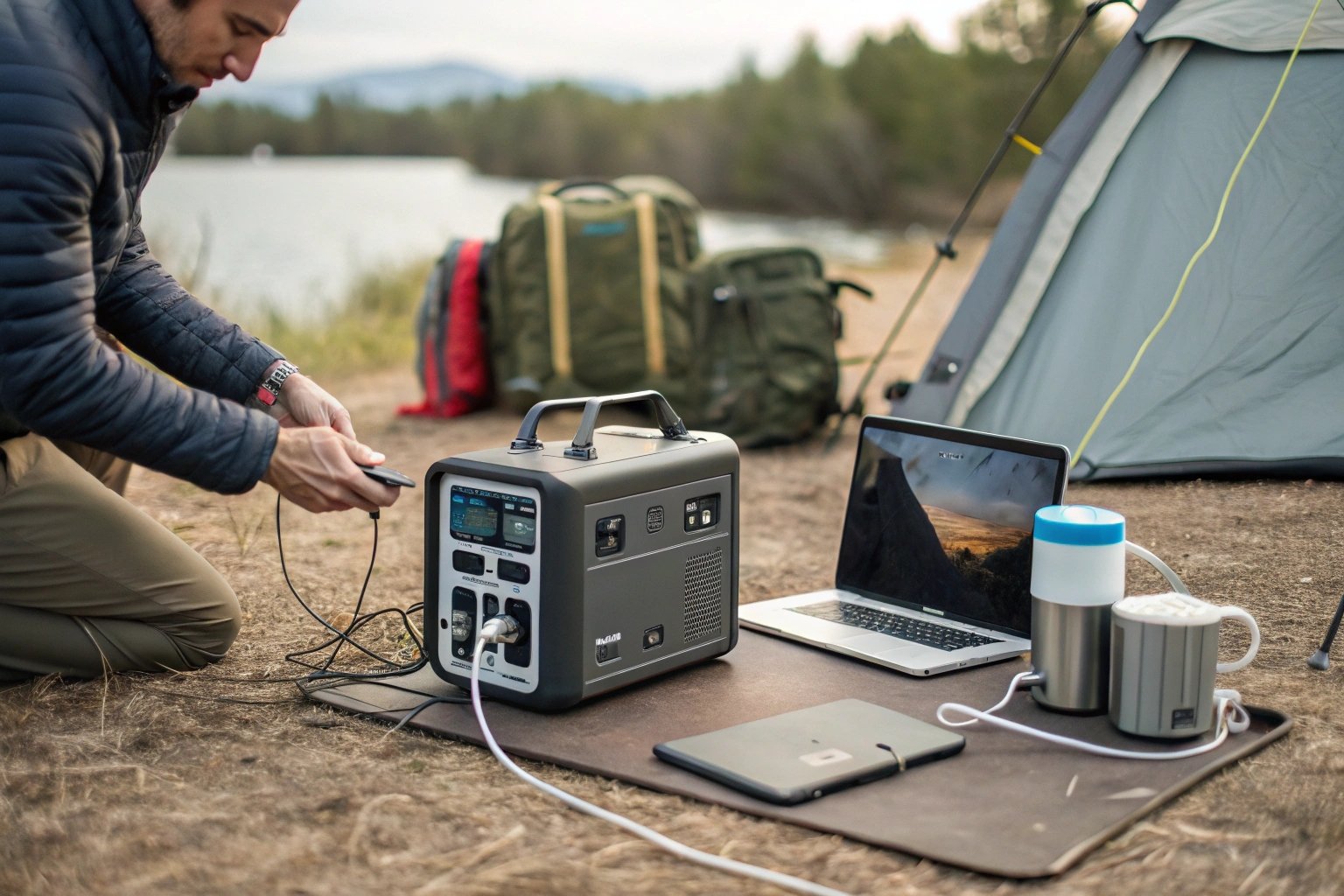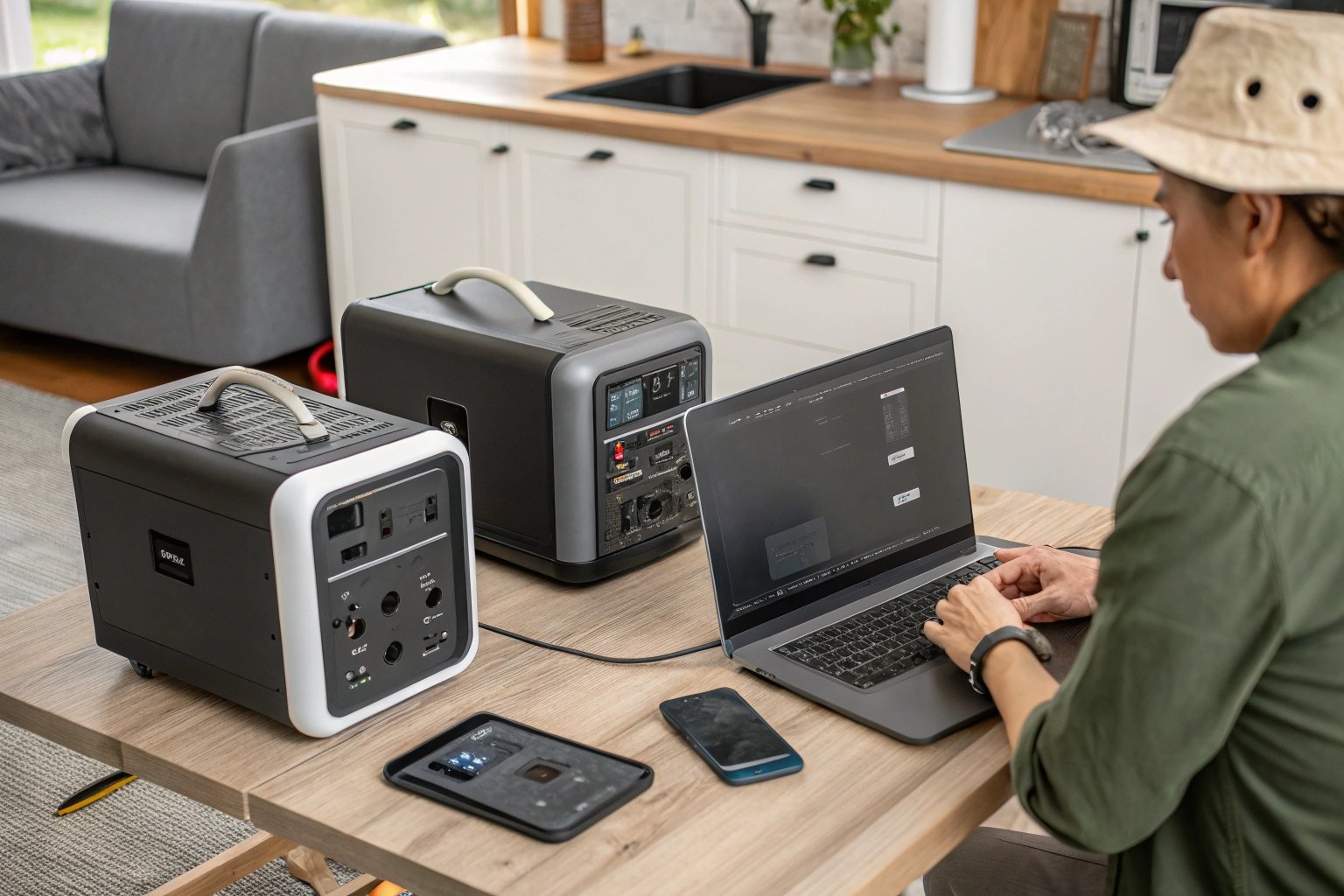Portable power stations may look simple on the outside, but behind their compact design lies a complex manufacturing process. From battery cells to final testing, building a safe and efficient power station requires precision and expertise.
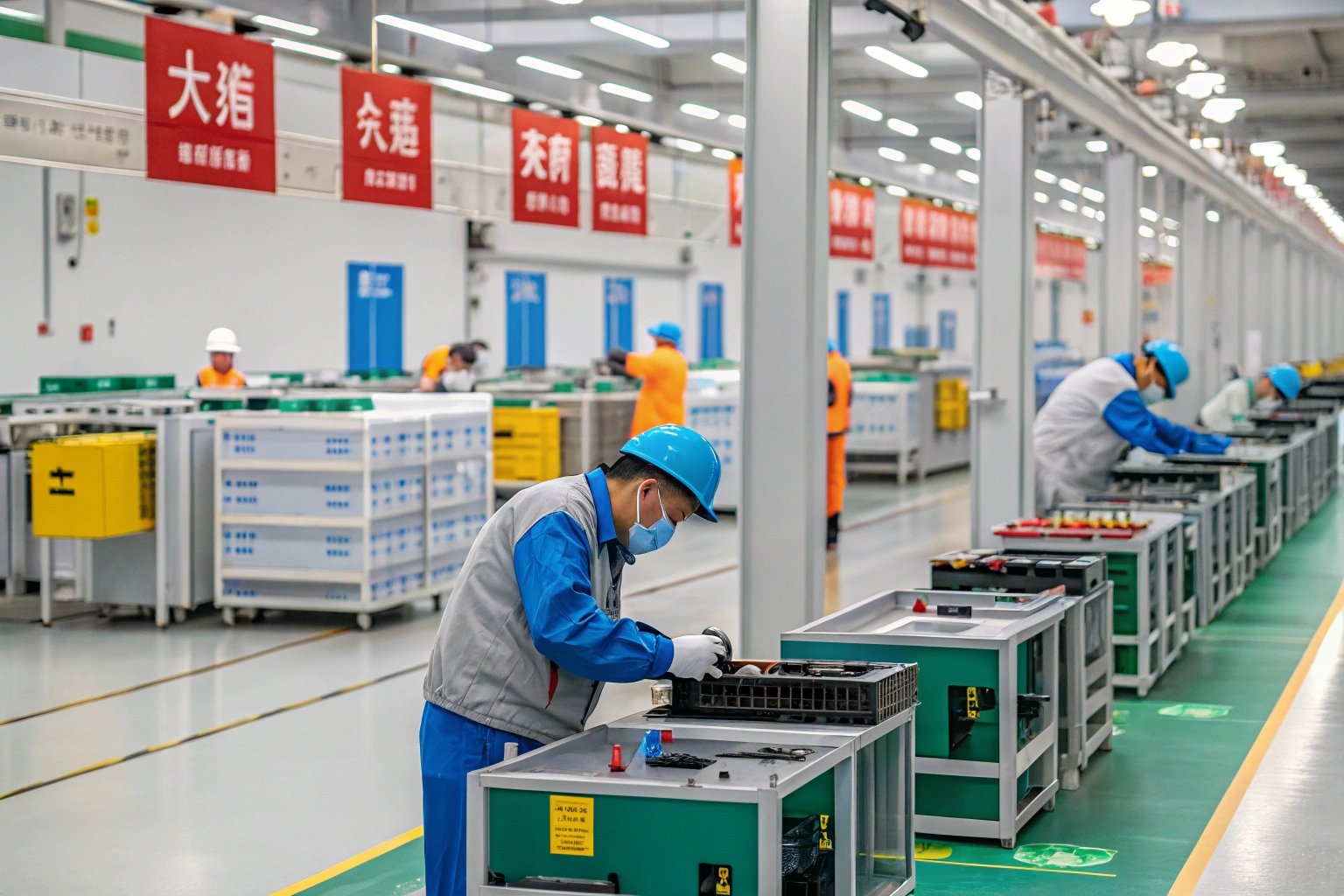
A portable power station is manufactured through a detailed process involving battery integration, circuit assembly, enclosure fabrication, quality testing, and certification.
Knowing how these products are built helps buyers understand product quality, safety, and what makes one brand more reliable than another.
LOOP START
What are the main components of a portable power station?
Before manufacturing starts, designers finalize the core components that will go into the device.
Each portable power station consists of five major parts: the battery, inverter, charge controller, control board, and outer casing.
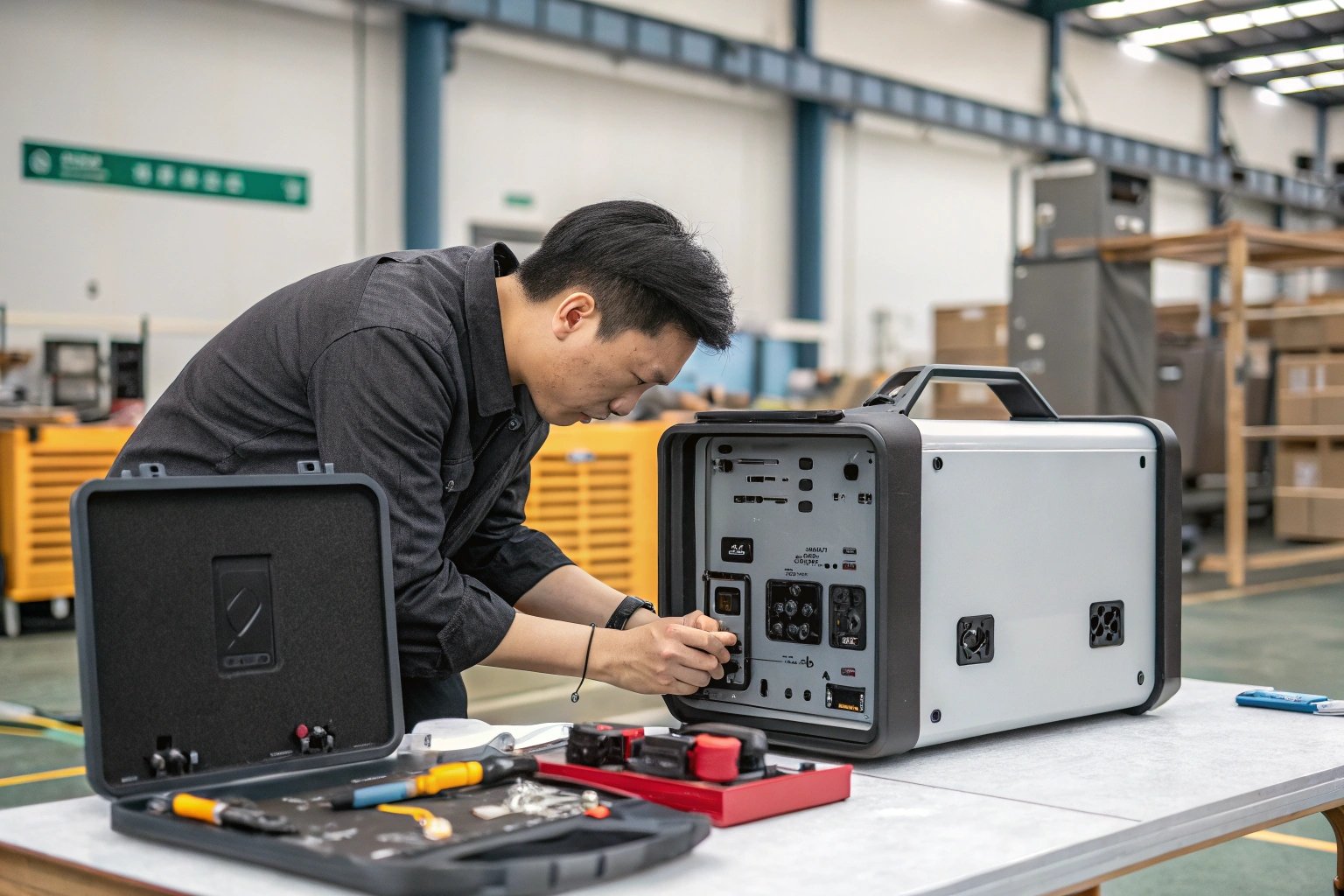
Key Components
| Component | Function |
|---|---|
| Battery Pack | Stores DC energy (usually lithium-ion or LiFePO4) |
| Inverter | Converts DC to AC power for appliances |
| Charge Controller | Manages power flow during charging |
| Control Board | Regulates operations, temperature, safety |
| Casing | Protects internal systems, adds portability |
Each of these components must be carefully matched for voltage compatibility and performance balance.
LOOP END
How are battery packs assembled?
The battery is the heart of a power station, and it starts with cell selection and battery pack integration.
Battery cells are spot-welded or wired into packs, equipped with BMS for safety, then tested for balance and performance.
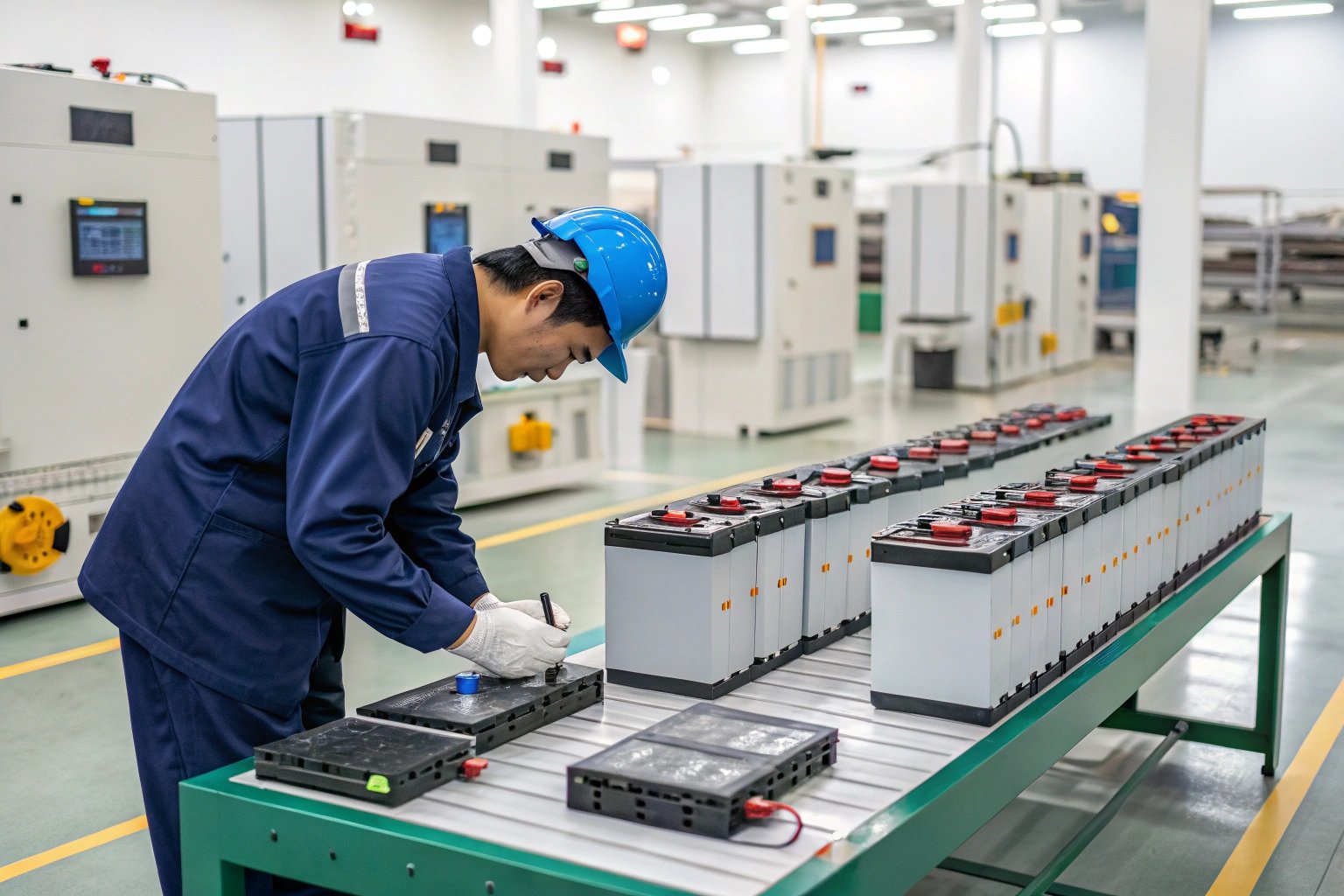
Steps
Cell Sorting: Lithium cells are sorted by capacity and voltage to ensure uniform performance.
Spot Welding: Cells are welded into series and parallel groups to achieve desired voltage and capacity.
Battery Management System (BMS): Integrated for safety—controls temperature, charge/discharge, and protects against overload.
Encapsulation: The battery pack is enclosed in a shock-absorbing protective layer to resist vibration and heat.
This phase ensures both energy density and long-term reliability of the station.
How is the inverter and circuit system installed?
Once the battery is secured, the inverter and main PCB (printed circuit board) are mounted.
Inverters and circuit boards are matched to battery specs, then fixed to metal or plastic frames with thermal pads and insulation.
Installation
- Inverter Module: Converts stored DC to usable 110V or 220V AC output.
- Main Board Assembly: Includes MCU, display drivers, USB ports, and protection ICs.
- Heat Dissipation: Cooling fans or heat sinks are added to manage internal temperature.
Engineers also run firmware to calibrate the power regulation and charging logic during this phase.
How is the casing and enclosure made?
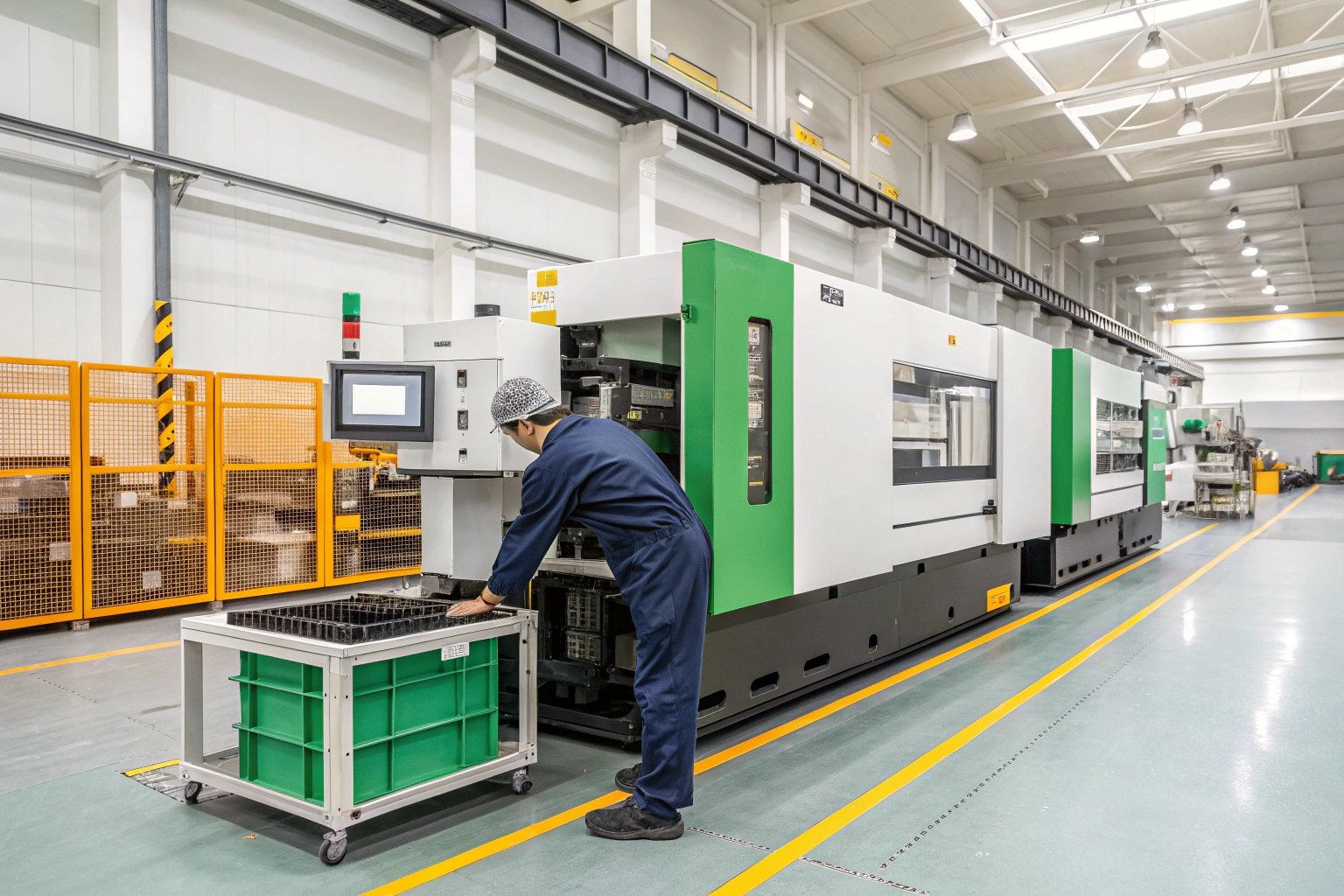
The body of the station is what users interact with—so it needs to be durable, weather-resistant, and ergonomic.
Casings are injection-molded or CNC-cut from high-strength plastic or aluminum alloy, then finished with panels and protective corners.
How are quality and safety tested?
Before being shipped, each unit undergoes rigorous testing to ensure compliance with safety standards and performance expectations.
Each power station is tested for electrical safety, charging accuracy, temperature stability, and output capacity.
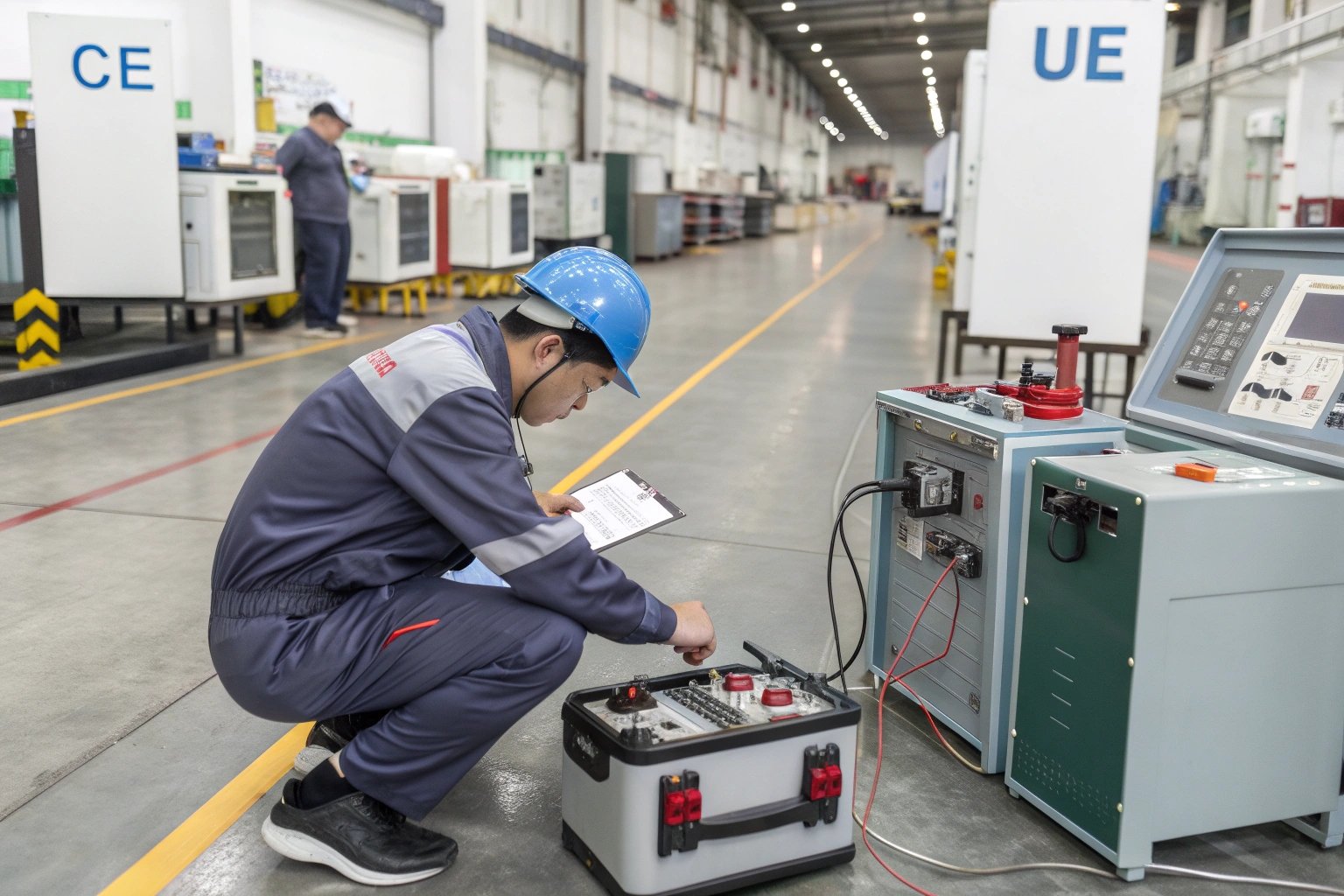
Test Procedures
Load Tests: Run appliances to check AC/DC output stability under real loads.
Thermal Tests: Simulate hot environments to monitor BMS and fan response.
Safety Tests: Over-voltage, short-circuit, and overload protection checks.
Aging Tests: Units are cycled through multiple charge/discharge runs over 24–48 hours.
Final units are certified for CE, FCC, RoHS, or UL depending on the destination market.
What certifications are required?
Compliance is a critical part of the manufacturing process—especially for export.
Portable power stations must pass regulatory certifications to enter markets like the US, EU, Japan, and Australia.
Common Certifications
| Certification | Region | Focus |
|---|---|---|
| CE | EU | Electrical safety, emissions |
| FCC | USA | Radio interference, electronics standards |
| UL | USA/Canada | Fire and safety standards |
| PSE | Japan | Product Safety Electrical Appliance law |
| RoHS | Global | Restriction of hazardous substances |
Each model must be tested at an approved lab and labeled accordingly. Some factories also pursue ISO9001 quality management.
What does the final inspection involve?
Once the unit passes all tests, it’s packed and labeled—but not before one last check.
Final inspection includes firmware verification, visual defect checks, and packaging quality assurance.
QC staff ensure the display works, ports function, fans spin, and the user manual matches product specs. After this, the unit is boxed with foam inserts, accessories, and sealed for global shipment.
Conclusion
The manufacturing of a portable power station is a multi-stage process that blends advanced battery engineering with smart electronics, safety controls, and durable design. Each unit undergoes careful planning, assembly, and rigorous testing—so you can power your life confidently anywhere, anytime.

